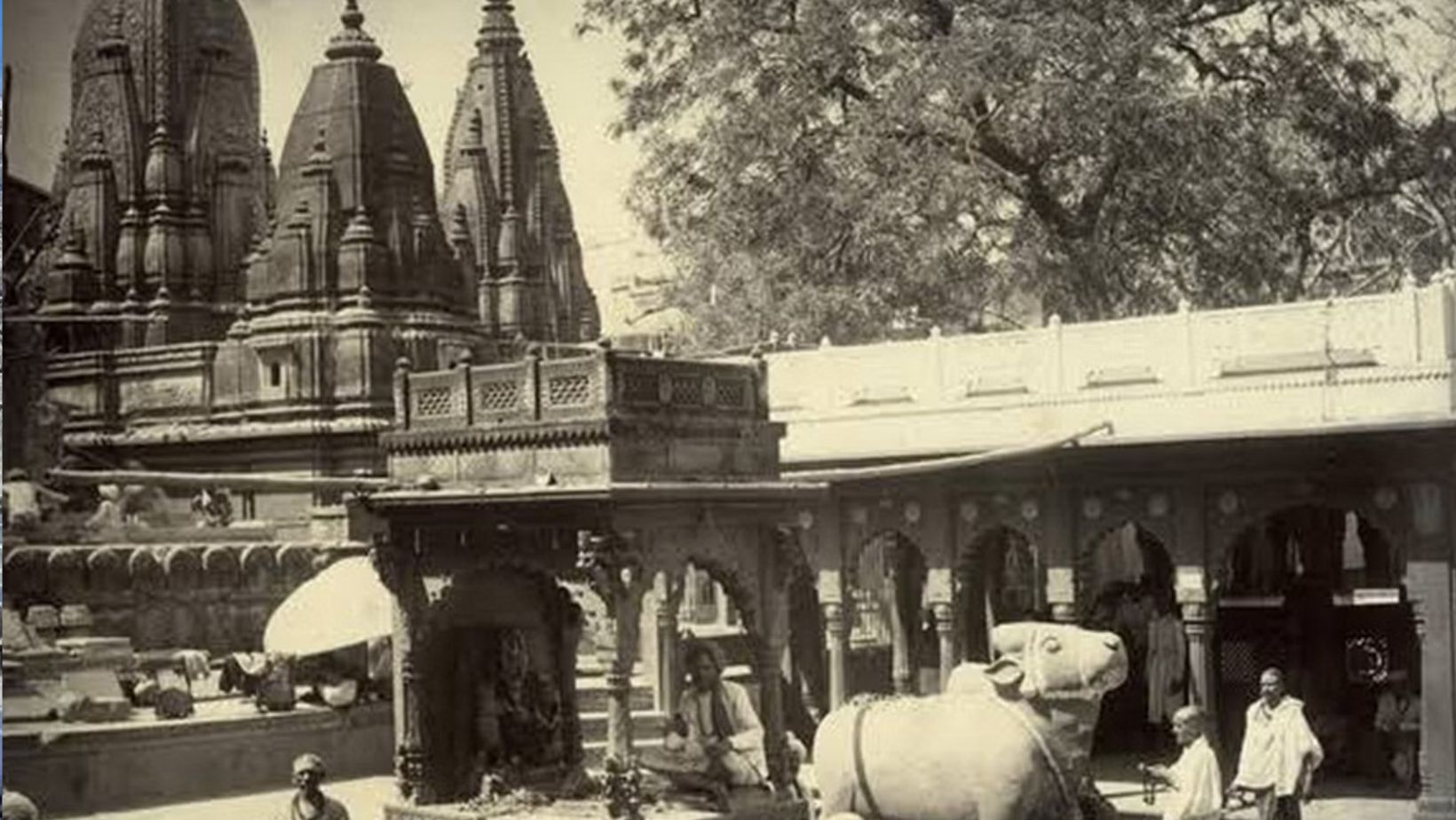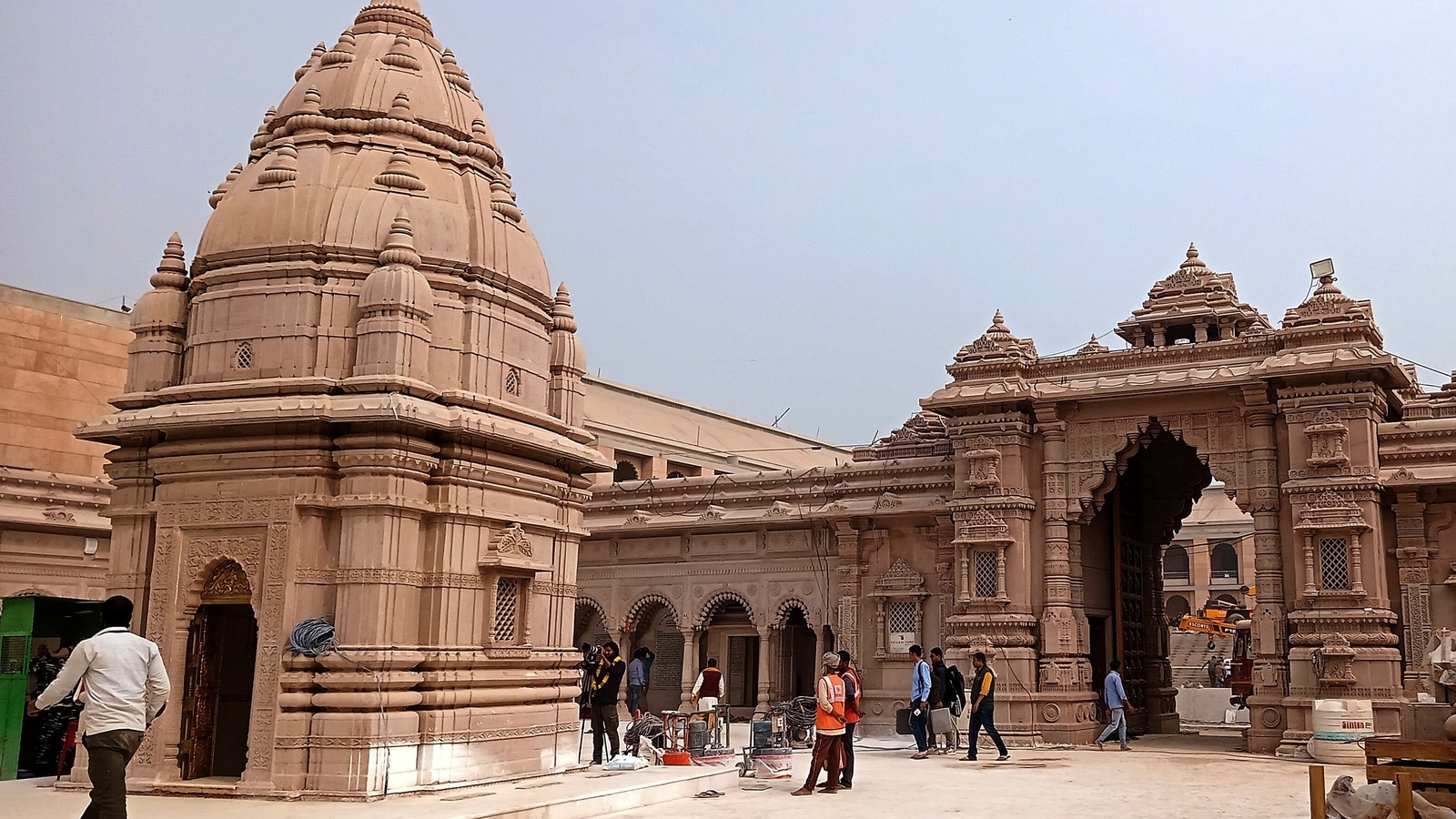History of the Kashi Vishwanath Temple

The Kashi Vishwanath Temple, nestled in the heart of Varanasi, India, is a sacred edifice that encapsulates centuries of spiritual devotion and architectural brilliance. This hallowed shrine, dedicated to Lord Shiva, boasts a rich history dating back millennia. It has witnessed the rise and fall of empires, reflecting the enduring spiritual essence of Varanasi, the world’s oldest continuously inhabited city. The temple’s history is a captivating tapestry, woven with threads of faith, culture, and profound reverence for the divine. Join me on a journey through time as we explore the captivating narrative of the Kashi Vishwanath Temple.
Ancient Origins
The Kashi Vishwanath Temple’s origins reach into the depths of antiquity. Varanasi, the sacred city also called Kashi, stands as one of the world’s most ancient continuously inhabited cities and a revered center for Hindu spirituality. This temple, devoted to Lord Shiva, is traditionally thought to have been established at its present site during the 11th century, yet its historical roots extend even deeper. Mythical tales hint at Lord Shiva’s own presence in Varanasi, rendering it a place of utmost sanctity in Hinduism.

Numerous chronicles from the annals of history bear witness to the temple’s enduring transformation through countless epochs, shaped by the relentless tides of invasions and conquests. What once stood as a humble and diminutive shrine has since metamorphosed into the resplendent edifice that graces our presence today.
The Medieval Era
The temple’s past is a tapestry woven with moments of grandeur and devastation, with the medieval epoch witnessing the ambitions of diverse dynasties such as the Ghaznavids and the Mughals vying for dominance over Varanasi. The temple faced repeated threats and suffered damage during this tumultuous period. However, it managed to survive the turbulent times through the dedication and resilience of its devotees.
The Mughal emperor Aurangzeb, notorious for his religious intolerance, ordered the demolition of the temple in 1669 and built the Gyanvapi Mosque at the same location. This act of destruction deeply wounded the sentiments of the Hindu community, but the temple’s spirit endured.
Reconstruction and Revival
The resilience of the Kashi Vishwanath Temple and the unshakable faith of its devotees led to its eventual reconstruction. Rani Ahilyabai Holkar of Indore, a staunch devotee of Lord Shiva, played a pivotal role in the temple’s revival during the 18th century. She commissioned the construction of the current temple, which stands as a magnificent example of North Indian architecture. The temple’s prominent spire, adorned with intricate artwork, is a testament to the artistic brilliance of the era.
The Modern Era
In the modern era, the Kashi Vishwanath Temple has been at the center of numerous controversies and disputes. The most significant of these was the long-standing dispute over the Gyanvapi Mosque. Devotees have strived to reclaim the land and restore the temple to its former glory.

In the annals of 2021, a momentous decree from the Indian judiciary paved the way for a comprehensive revitalization and amplification of the temple complex. This judgment was hailed with jubilation by the global Hindu community, marking a resounding victory for faith and equity. The endeavor aspires to rejuvenate the temple, elevating it to a loftier emblem of unwavering Hindu devotion.
Also read – Buddhist Places to See in Uttar Pradesh
Spirituality and Devotion
The Kashi Vishwanath Temple stands as more than a sanctuary for prayer; it represents the very essence of spiritual reverence. Visitors hailing from all corners of the world make their way to this sacred site in their quest for the divine grace of Lord Shiva, engaging in sacred rites and enveloping themselves in the profound spiritual aura that saturates the atmosphere.
The sacred Jyotirlinga enshrined within the temple, serving as a divine embodiment of Lord Shiva, holds the profound ability to fulfill the most heartfelt aspirations of its faithful devotees. Tradition holds that a pilgrimage to this hallowed shrine and a purifying immersion in the Ganges River can cleanse one’s soul of transgressions, opening the door to a higher state of spiritual awakening.
The daily practices observed at the temple, from the serene Mangala Aarti during the break of day to the enchanting Shringar Aarti in the evening, create profoundly moving moments. These rituals entail the presentation of oil lamps, fragrant incense, and delicate flowers to the divine presence, all harmonized by the melodious recitation of hymns and heartfelt prayers.
Also read – The Best Time to Visit Chardham
Also read – Vaishno Devi Yatra Travel Tips
Conclusion
The history of the Kashi Vishwanath Temple is a tapestry of spirituality, resilience, and cultural richness. Over millennia, it has withstood invasions, renovations, and reconstructions, embodying the enduring faith of countless devotees. As a symbol of India’s spiritual heritage, it not only reflects architectural marvel but also showcases the unwavering devotion of its visitors. With its complex history and enduring significance, the Kashi Vishwanath Temple stands as a timeless testament to the enduring power of faith and the cultural legacy of Varanasi.
Also read – 7 Best Places To Visit In Keylong – A Himalayan Gem
